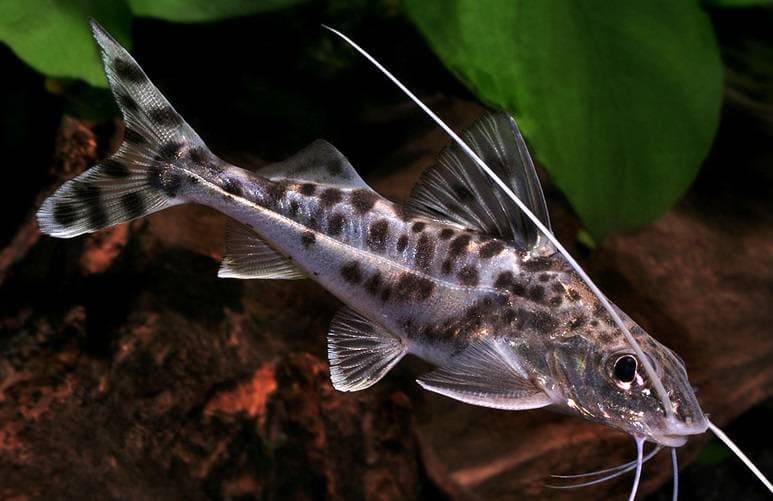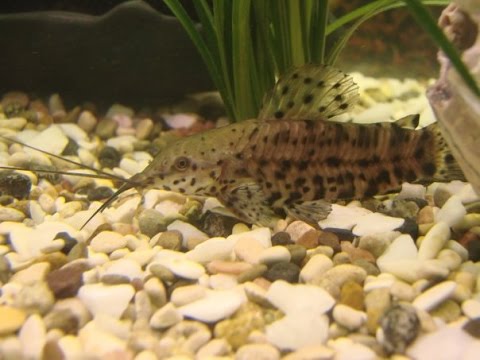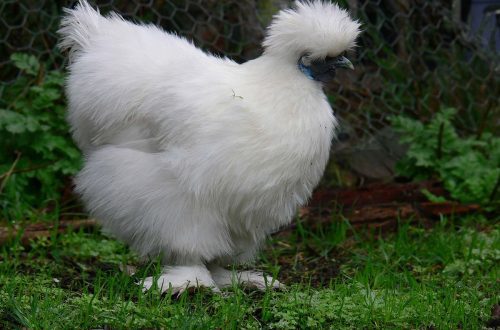
Catfish-tarakatums: atụmatụ nke idebe, ozuzu, ndakọrịta na azụ ndị ọzọ, nri na ọgwụgwọ
Somictarakatum has always been and remains a desirable trophy for all aquarists: beginners and fair trainees in their field. Catfish were the very first inhabitants of aquariums. And although they can hardly be called very beautiful, but in a beauty contest, tarakatums would create a serious bid for the rest of the inhabitants of the aquarium kingdom. Their demand is provided not only by their attractive appearance, but also by their calm, peaceful character.
Low demands on environmental factors is also highly valued by aquarists. Despite their unpretentiousness, catfish it is necessary to create good conditionsto make them feel comfortable. Previously, catfish-tarakatum was called ordinary Hoplosterum. The end of the XNUMXth century was marked by the discovery of several subspecies of Hoplosterum. The previously famous handsome catfish became known as megalechis thocarata. This outstanding discovery was made by Roberto Reis. But Russian aquarists still call the tarakatum by its former name.
ọdịnaya
ọdịdị
The fish is light brown in color. Their body is elongated. The abdomen is flat, the back is slightly hunched. The main defense against the enemy is the bone plates located along the body. At the top of the head can be seen with the naked eye the presence of two long antennae, at the bottom – short. Black spots are scattered all over the body and fins. The first spots appear as early as adolescence and grow with the maturation of the individual. The size of adult fish reaches 13 cm, and some of them reach 18 cm.
In nature, fish live in flocks, the number of which reaches several thousand. The main difference between a juvenile and an adult is the color of the spots – the older the individual, the darker the spots. Spawning greatly affects the coloring of males – it becomes bluish. The color of the females does not change. Their life expectancy is quite long – at least 5 years.
Di iche di iche iche
The simplest way of sexual differentiation is the pectoral fin. The male has a large triangular fin, the first of which is thick and massive. With the onset of spawning, its color becomes orange (puberty begins at 8 months). The female is the owner of rounded fins. Also, one should take into account the fact that females are several times larger than males soma-tarakatuma.
Ọnọdụ njide
Habitat Megalechis Thoracata northern South America. There were cases of their being on the island of Trinidad. After a series of simple conclusions, we can conclude: tarakatums prefer warm water (more than +21) and do not impose special requirements on water quality (pH, hardness, salinity). The presence of intestinal respiration, characteristic of all shellfish (and this peace-loving handsome man belongs to this family), allows you to feel good in dirty water.
In order for the catfish-tarakatum to feel great and live to be 10 years old, he needs to create good conditions:
- the capacity of the aquarium must be at least 100 liters (if aquarists are going to keep a couple of individuals);
- water hardness should not exceed 20;
- temperature — +28.
Nri
As for feeding this handsome man, he is also unpretentious in food: it can be live (bloodworm, minced meat, earthworms) or balanced dry food. Despite the calm nature it is advisable to close the tank with catfish-tarakatum, because some of these inhabitants of the underwater kingdom can jump out of the aquarium. Catfish feel great both in soft ground and among various snags and plants. During daylight hours, they are inactive and only become active at dusk.


Lelee vidio a na YouTube


Lelee vidio a na YouTube
The main signs of the disease of tarakatums
Violation of the conditions of detention are the key to illness and even death of fish. Paying close attention to the behavior of the fish, you can recognize the beginning of the disease in time. Their most common diseases are mycobacteriosis and furunculosis. Symptoms that should alert a catfish lover:
- discoloration and falling off of scales
- the formation of purulent or blood vesicles.
Ndakọrịta na azụ ndị ọzọ
As for compatibility with the rest of the inhabitants of the seabed, the beautiful, peaceful catfish occupy the podium. More Tarakatums are not afraid of large fish at all, because strong bone plates will protect against any enemy. Unwanted neighbors for them are bots, labeos (competing for territory), as well as danios and barbs (intercepting food from calm catfish, leave them hungry).


Lelee vidio a na YouTube
Reproduction of soma-tarakatum
With the advent of spawning the male builds a nest under the plants, after the creation of which the pursuit of the female begins. Often the catfish can itself transfer the nest to any other place. As soon as spawning is completed, the female glues the eggs to the leaves, after which the nest is corked by the male (it contains up to 1200 rather large yellowish eggs). The best stimulant for tarakatum spawning is a decrease in atmospheric pressure and clean water.


Lelee vidio a na YouTube







